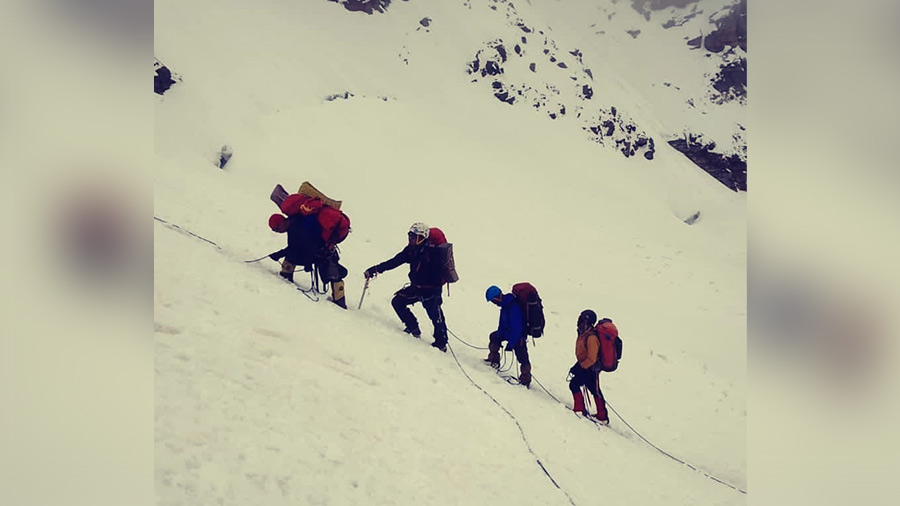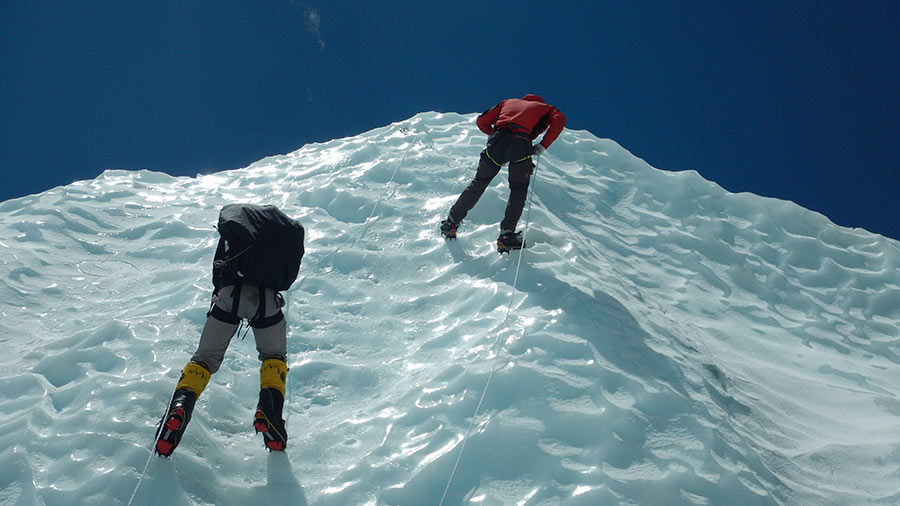A trekker from Kolkata died while descending a glacial wall in the Khimloga Pass on the Uttarakhand-Himachal Pradesh border last week. Another trekker in the group was injured. In the past three years, several such incidents have taken place in Uttarakhand and Himachal Pradesh.My Kolkata spoke to mountaineer Satyaraup Siddhanta to find out some safety tips for trekkers. Satyarup, who has scaled the highest peaks and volcanoes in the world, said basic precautions are a must before heading for expeditions.

Photo by Satyarup Siddhanta
Importance of research
Trekkers must study thoroughly about the place they are planning to visit. “They should know the group members, the alternate routes, the height and the geography of the region, the weather pattern and the average rain and snowfall. With such basic information, one may avoid danger,” Siddhanta said.The reason for accidents and deaths most often is inadequate knowledge and inexperience. “In the past few years, several trekking and mountaineering clubs have emerged on social media without much authenticity. No one knows who is organising these trips and the organisers’ experience.Also, on such trips, the trekkers are not known to each other and in case of an emergency, instead of working as a team, they try to save themselves leading to such mishaps,” Siddhanta said.

Photo by Satyarup Siddhanta
Acclimatisation and choice of equipment
Most people are in a hurry and do not give their body system adequate time to acclimatise with the rising altitude. “The body might take days or even weeks to get used to the decreasing air pressure and oxygen level. Ideally, one should not climb more than 1,500 metres a day. After reaching your destination, look for a place with a little higher altitude. Spend some time there and then come down to the hotel. This will help your body to acclimatize faster. One shouldn’t compromise on the quality of trekking and mountaineering equipment,” he cautioned.

Photo by Satyarup Siddhanta
Communication and rescue options
On most trekking routes, the satellite communication systems are the only options as there is no mobile network. While satellite systems are costly and are not allowed because of security reasons, one can opt for a portable satellite GPS that allows SMSes and e-mails. “I use such a system because it is extremely efficient to alert people in case of an emergency. One must contact the local authorities before going on an expedition,” he said.
